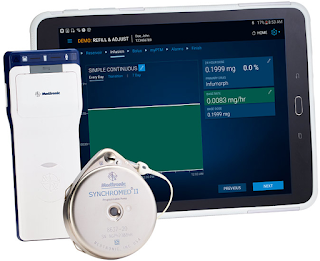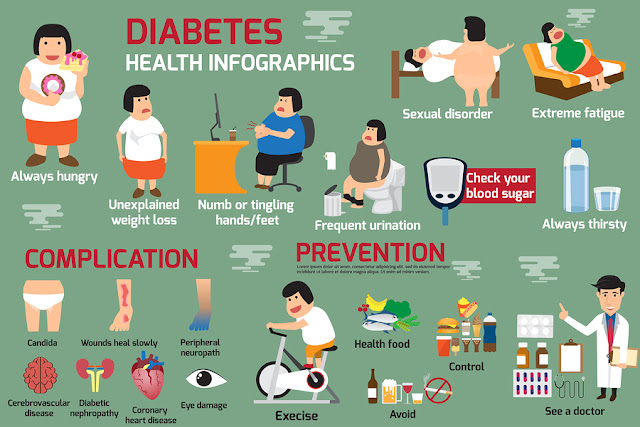Wonders of the technology
1. Hubble Space Telescope
Since its launch in 1990, the Hubble Space Telescope has become one of the most significant instruments in the history of astronomy. Children of today do not need to look in to the sky and wonder – Hubble has brought the beauty of the heavens to the face of the earth. The Hubble telescope has enabled a multitude of incredibly discoveries about our universe and origins to be made. It has also provided us with some of the most beautiful images of all time. To understand the true value of this telescope, consider the Hubble Ultra Deep Field – the deepest image of the universe ever taken in visible light, looking back in time more than 13 billion years. It is impossible to look at this image and not feel a sense of awe at the technological achievement that made it possible. For your viewing pleasure, here is a full 3100 × 3120 pixel copy of the HUDF.
The history of the Hubble Space Telescope can be traced back as far as 1946, when the astronomer Lyman Spitzer wrote the paper Astronomical advantages of an extra-terrestrial observatory. Spitzer devoted much of his career to pushing for a space telescope to be developed. In 1962 a report by the U.S. National Academy of Sciences recommended the development of a space telescope as part of the space program, and in 1965 Spitzer was appointed as head of a committee given the task of defining the scientific objectives for a large space telescope. On April 24, 1990, Space Shuttle Discovery launched in Florida, taking the Hubble Space Telescope in to space.
2. Lasers
When lasers were invented in 1960, they were called “a solution looking for a problem”. Since then, they have become ubiquitous, finding utility in thousands of highly varied applications in every section of modern society, including consumer electronics, information technology, science, medicine, industry, law enforcement, entertainment, and the military. Every day virtually every person is effected in one way or another by lasers. In the medical field, lasers have revolutionized surgery and we can now restore sight to the near-blind with their help.
With its origins in the theories of scientists like Einstein, in 1960 Theodore H. Maiman created the first working laser at Hughes Research Laboratories in Malibu, California. It used a solid-state flashlamp-pumped synthetic ruby crystal to produce red laser light at 694 nanometres wavelength. Later that year, Iranian physicist Ali Javan, working with William Bennet and Donald Herriot, made the first gas laser using helium and neon.
3. The Computer
There will be no controversy about this entry. The computer has changed the world so much that we could say we are now living in the computer age, having left the industrial age well behind us. Computers are used in virtually every arena of human life – including medicine, science, crime detection, entertainment, and much much more. The computer has revolutionized so many aspects of our lives that it is now hard to imagine life without it.
In 1837, Charles Babbage was the first to conceptualize and design a fully programmable mechanical computer that he called “The Analytical Engine”. Due to limited finance, and an inability to resist tinkering with the design, Babbage never actually built his Analytical Engine. Large-scale automated data processing of punched cards was performed for the U.S. Census in 1890 by tabulating machines designed by Herman Hollerith and manufactured by the Computing Tabulating Recording Corporation, which later became IBM.
4. The Internet
Admittedly, without computers, we would not have the Internet, but the Internet far supersedes the computer in order of importance. It is fair to say that the Internet is the new Library of Alexandria. The Internet now stores an immense portion of human knowledge and it is not just available to an elite few – it is available to every man, woman, and child in the free world. For many of us, our daily life relies heavily on the internet – not just for information gathering and research, but for shopping, entertainment, news, and communication. It allows us to speak to any person on the planet without the high costs imposed by telephone companies. The Internet has launched the careers of many great artists – people who would normally be overlooked by the mainstream industries they work in. There can be no doubt, the Internet is the greatest wonder of the technological world.
The USSR’s launch of Sputnik spurred the United States to create the Advanced Research Projects Agency, known as ARPA, in February 1958 to regain a technological lead. After much work, the first node went live at UCLA on October 29, 1969 on what would be called the ARPANET, one of the “eve” networks of today’s Internet. The first TCP/IP-wide area network was operational by January 1, 1983, when the United States’ National Science Foundation (NSF) constructed a university network backbone that would later become the NSFNet. It was then followed by the opening of the network to commercial interests in 1985. Important, separate networks that offered gateways into, then later merged with, the NSFNet include Usenet, BITNET and the various commercial and educational networks, such as X.25, Compuserve and JANET.


Comments
Post a Comment